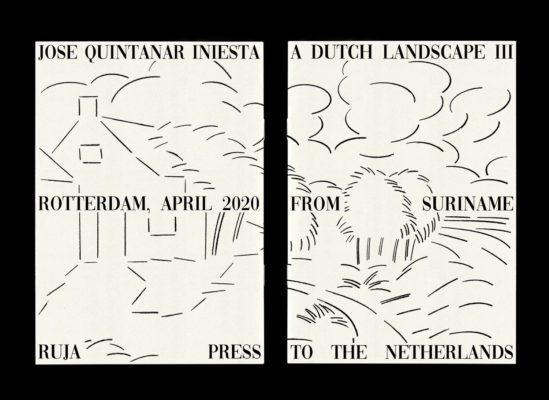-
×
 Les Climats II (Japon) - Lola Reboud, Mariko Takeuchi
1 × 25,00 €
Les Climats II (Japon) - Lola Reboud, Mariko Takeuchi
1 × 25,00 € -
×
 Bruits - Emmanuel Madec
1 × 15,00 €
Bruits - Emmanuel Madec
1 × 15,00 € -
×
 Gruppen n°13 - Collectif
1 × 15,00 €
Gruppen n°13 - Collectif
1 × 15,00 € -
×
![Économies silencieuses et audaces approximatives - Guy Chevalier [& coll.]](https://i0.wp.com/librairie-lame.com/wp-content/uploads/2019/03/PPT_Elastic01_couv.jpg?fit=250%2C353&ssl=1) Économies silencieuses et audaces approximatives - Guy Chevalier [& coll.]
1 × 18,00 €
Économies silencieuses et audaces approximatives - Guy Chevalier [& coll.]
1 × 18,00 € -
×
 Optical Sound 3
1 × 15,00 €
Optical Sound 3
1 × 15,00 € -
×
 Espaces intermédiaires - Éliane Radigue et Julia Eckhardt
1 × 27,00 €
Espaces intermédiaires - Éliane Radigue et Julia Eckhardt
1 × 27,00 € -
×
 Migrant Mother, Migrant Gender - Sally Stein
1 × 8,00 €
Migrant Mother, Migrant Gender - Sally Stein
1 × 8,00 € -
×
 Un cheval, des silex - Benoît Maire, Sally Bonn
1 × 15,00 €
Un cheval, des silex - Benoît Maire, Sally Bonn
1 × 15,00 € -
×
 À partir de n°1 - Coll.
1 × 15,00 €
À partir de n°1 - Coll.
1 × 15,00 €
Sous-total : 153,00 €





















